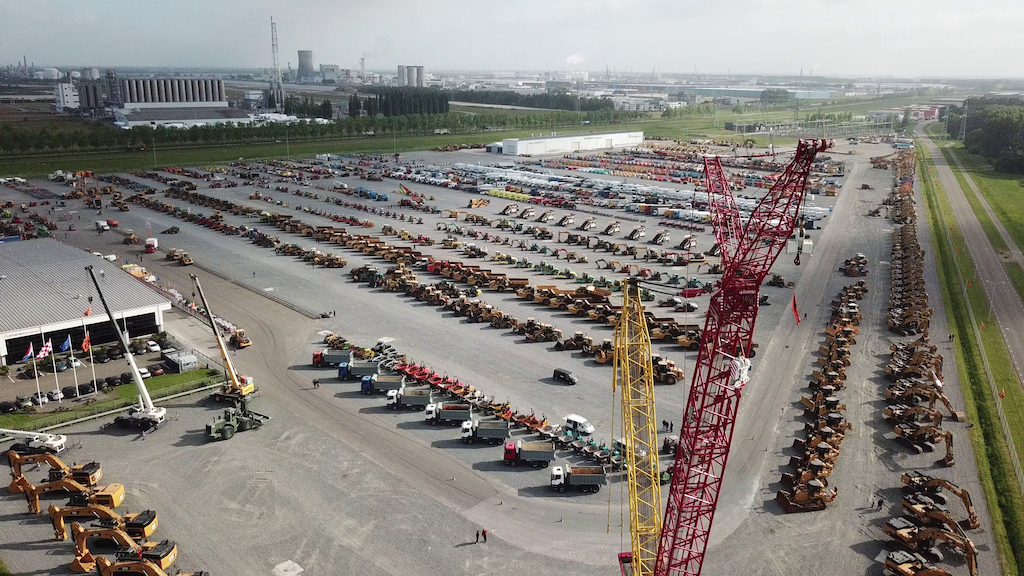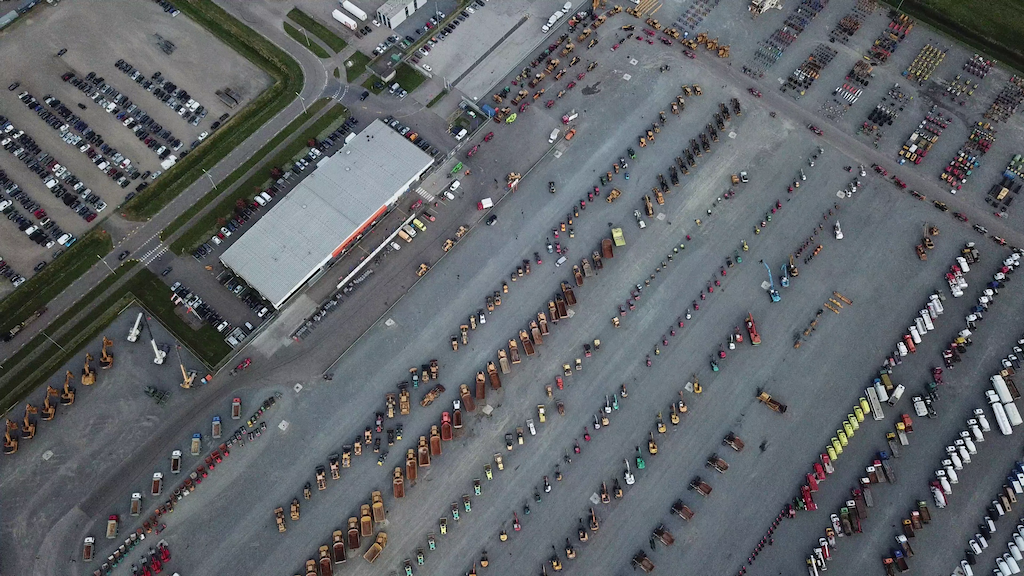
As many industries continue their journeys back from a challenging 2020, global demand for used equipment continues to increase.
Many businesses remain wary of making big investments in new machinery, while supply chain issues have hit delivery levels for new equipment. All told, it makes the market for used heavy equipment a place of exciting opportunities for both buyers and sellers, explains Karl Werner, President International at Ritchie Bros.
Global asset management and disposition company Ritchie Bros. saw sales in most categories of used machinery perform above expectations in 2020. While the construction industry was unquestionably hit hard by the pandemic, the slowdown has not been universal. In many countries, infrastructure projects have seen construction work back at pre-pandemic levels. At the same time, many sectors such as agriculture, forestry and mining have increasingly turned to used equipment to meet their current machinery needs.
“We’ve seen tremendous global demand for used machinery,” says Karl Werner, President International, at Ritchie Bros. “There’s still a lot of work going on, and credit is still available. In times of uncertainty, businesses tend to buy used machinery rather than new equipment to avoid big financial commitments.”
This shift to used machinery purchases has coincided with several OEMs reporting supply chain issues due to the pandemic. Others reduced production volumes in 2020 to protect employees during lockdown, and this has also impacted new machine deliveries. “Longer waiting times for new equipment are fueling the demand for used machinery, which is available immediately. All these factors combined have created a perfect storm that’s driving the strong demand for used heavy equipment, resulting in good price-performance for sellers,” continued Werner.

Early demand indicators of 2021
For many, bigger equipment auctions early in the year are indicative of the state of the market. High demand was perfectly demonstrated at Ritchie Bros.’ most recent auction in Orlando, Florida, the company’s biggest auction of the year. In total, more than 12,000 items were sold for over US$191 million during the six-day event in mid-February. Strong pricing across every asset category was seen, confirming the positive trend Ritchie Bros. is seeing. Truck tractors, skid steers and backhoe loaders saw a particularly strong price performance, followed closely by wheel loaders, aerial equipment and dozers. Participation in the Orlando auction also reached record highs – attracting more than 22,700 online bidders from over 80 countries – 25% more than the same auction in 2020.
In Europe, Ritchie Bros. is also seeing a strong appetite for used machinery. At a recent auction in Moerdijk, The Netherlands, bidder registrations were up 19% compared to last year. With more than 2,580 online participants from 92 countries, the auction recorded the highest number of bidders in five years. Around 80% of the machinery was sold to bidders outside of The Netherlands, at strong prices: boom lifts, crawler tractors, hydraulic excavators, scissor lifts, and wheel loaders, on average, fetched 5% above the auction price of the Moerdijk event last November.
“Shifting to online-only bidding has allowed us to attract new types of customers to our marketplace,” says Karl Werner, noting that Ritchie Bros. has seen a rise in end-user participation in auctions, people such as construction equipment owner/operators, who in the past did not represent a large portion of participants at ‘live’ auctions.
“Newer services, such as our Ritchie Bros.’ online Timed Auction system are making used equipment auctions more accessible, especially for smaller and medium-sized businesses. The Timed Auctions are intuitive and there’s more time to place bids,” continues Karl.

Shift online accelerated
The Covid-pandemic has accelerated trends that were already well underway, including online bidding. In 2020, Ritchie Bros. saw website traffic increase by 35%, while bidder registrations were up by 71%. More than 470,000 new users downloaded the Ritchie Bros. mobile app, which is an increase of 78% compared to 2019. Throughout 2020, customers carried out more than 24 million equipment searches and viewed 30 million items in Ritchie Bros.’ mobile app. Today, mobile app users represent approximately 30% of the customers of rbauction.com.
According to Mr. Werner, this shift to online transactions not only widens the market for equipment buyers and sellers, it also creates new data insight opportunities.
“Data is the new oil,” says Karl. “It’s becoming more and more valuable and obtainable every day. Not only does it help Ritchie Bros. but it also allows us to help our customers. We have a lot of data on used machinery transactions – we sell more machinery than any other company in the world – we can gather and present data to help our customers run their businesses more efficiently.”
This sort of market insight opens new possibilities for equipment owners. They’ll be able to understand when the best time to sell or buy an asset is – depending on the machine type, hour usage, machine age and more. With the acquisition of data firm Rouse Services, Ritchie Bros. is on track to making this kind of tailored insight a reality for its global customer base.
“This is a really exciting time in the industry,” Karl concludes. “Although the global pandemic has caused instabilities across all sectors, it has forced us to adapt the way we do business and accelerated remote working and online asset disposition. We don’t see this subsiding when restrictions are lifted. The future will most likely be a hybrid model giving our buyer and sellers access to a wider global market.”
Karl Werner, President International has spent the last 25 years working at Ritchie Bros. During this time, he has worked closely with customers and has helped drive value across the organization. As of March 31st, 2021, Karl will be transitioning out of the company to pursue personal interests. As a result of Mr. Werner’s departure, Kari Taylor, President, North America Sales, will take on the newly created position of Chief Revenue Officer to focus on driving sales growth globally.








